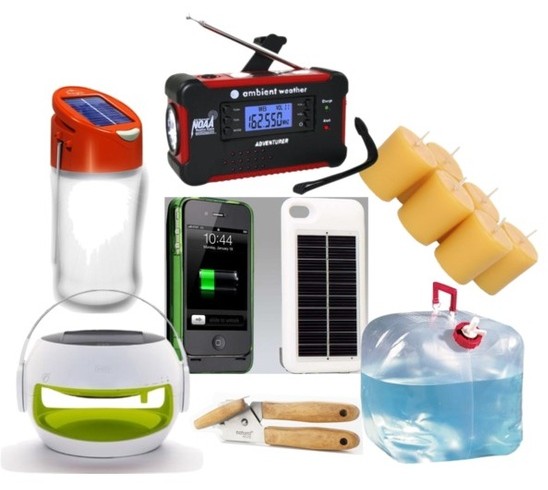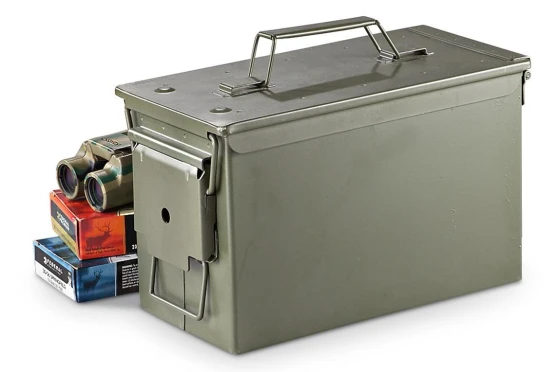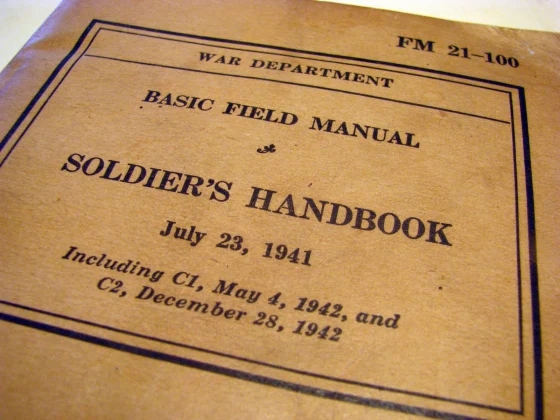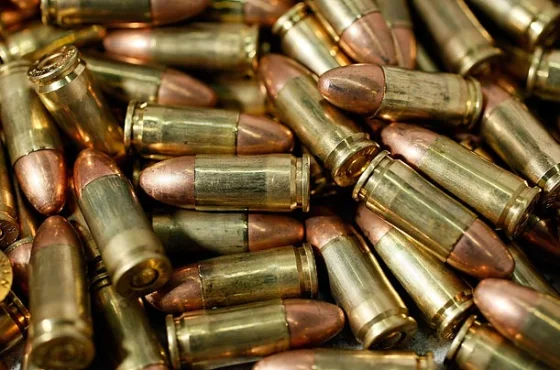“But the most pain I ever felt on Jackass was probably from getting sprayed with SABRE Red pepper spray smack dab in the eyes. Excruciating pain for at least 20 minutes. It feels like someone started a fire in your eyes and put it out with kerosene.”
-Johnny Knoxville, Jackass-
Pepper Spray Essentials:
Pepper spray is chemical, non-lethal, self defense weapons available for civilian use. The active ingredient in pepper spray is oleoresin capsicum — the same chemical in chili peppers that gives them their sting and irritating effects. When pepper spray is sprayed on the eyes and skin it causes:
- Intense burning pain
- Excessive tearing
- Swelling of the eyelids
- Temporary blindness
- Difficulty breathing
These effects often last longer than 20 minutes, making pepper spray an extremely effective self defense weapon. It is so effective that, pepper spray is used by almost all police and some military units to subdue and incapacitate threats.
Pepper spray is not lethal and will not cause long-term injuries to people or animals. It will only temporarily disable the attacking animal or human.
back to top
Measures of Pepper Spray Heat and Effectiveness:
Wow! When I started researching this topic I thought that I already understood the concept. I found out that I didn’t. It is very confusing. There are several different measurements that pepper spray and bear spray manufacturers use to advertise their products’ effectiveness. There are many self-defense sprays on the market today. Pick up a few packages and you will see that their effectiveness is advertised and presented in a few different ways. Common sense tells us that what really matters most is “how hot is the pepper spray that hits the attacker?” After lots of reading I realized that only one measurement actually tells me anything about the effectiveness, and while the other big and meaningless numbers on the packaging look impressive, they do not actually represent the heat of the product as it leaves the dispenser’s nozzle.
There are two common inaccurate measures of pepper spray strength, and one true indicator of strength. The one correct indicator of pepper spray potency, as recognized by the EPA & US Federal Government, is Major Capsaicinoids (MC%). The two inaccurate measures of pepper spray strength are Oleoresin Capsicum percentages (OC%) and Scoville Heat Units (SHU).
Major Capsaicinoids (MC%):

MC is the one correct indicator of pepper spray potency. MC represents the strength of the entire formulation within your pepper spray and the amount of heat that you can expect from the spray as it leaves the dispenser’s nozzle. The higher the MC value of the pepper spray, the greater the potency. Typical pepper sprays intended for use on human aggressors range from 0.18 to 1.33% MC (although a company is now claiming that their spray is the hottest in the world with a MC rating of 3.0). Bear attack deterrent sprays measure between 1.0% to 2.0% MC.
Most pepper sprays manufacturers will not list the MC rating on their products because either they don’t properly test for the MC%, or they know that it does not compare favorably against the competition. They will usually brag about other meaningless numbers. Bear sprays, depending on the product, may or may not be as hot as pepper spray that is intended for use against human aggressors, but bear spray approved by the US Environmental Protection Agency will always list their CRC rating or MC%. It will always be equal or less than 2.0%.
Oleoresin Capsicum percentages (OC%):
The Oleoresin Capsicum percent is the amount of red pepper oil extracted from the pepper that contains within it the Major Capsaciniods. It is not the pungency or effectiveness of the product, and so it is an inaccurate measure of pepper spray potency. OC% is not a rating of the hotness of a spray. A 10% OC can be much hotter than a 20% OC pepper spray.
Pepper sprays contains anywhere from 2-10% OC, but OC% only measures the amount of raw pepper or Oleoresin Capsicum (OC) within the pepper spray formulation. The OC% does not take into account the actual potency of that OC. The OC% is simply the percentage of OC contained within the defense sprays formulation. A spray that advertises a “10% OC” content contains 10% OC (active ingredient), and 90% inactive ingredients. What this percentage does not tell you, however, is the potency, or “hotness,” after it is blended with its inactive ingredients.
Scoville Heat Units (SHU):
Even though Scoville Heat Unit (SHU) value is also an inaccurate measure of pepper spray strength, pepper spray companies always rate their spray this way. These units measure the amount of capsaicin in a pepper. The problem with SHU is that they are measuring the rating for the O.C. and not the contents of the can. This value is simply the strength of the OC before it is diluted between 90 to 98% (because OC only measures between 2-10% of the formulation). Sure, the OC in a spray may come from peppers with a 2,000,000 SHU value, but what percentage of the final formula actually contains OC?
Here is an example of how SHU can be misleading: A 5.3 Million SHU spray with 2% OC measures only 0.71% MC. while a 2 Million SHU spray with 10% OC measures 1.33% MC. Which spray is more potent? The 1.33 MC pepper spray is nearly twice the strength.
Pepper Heat Measurement Summary:
Major Capsaicinoids (MC%), or the Environmental Protection Agency’s CRC rating are the only ways to tell how hot bear spray (or pepper spray) is. The Oleoresin Capsicum percentages (OC%) and the Scoville Heat Units (SHU) measurements do not tell you anything about the product’s heat.
back to top
Pepper Spray Recommendations:
Coming soon.







































